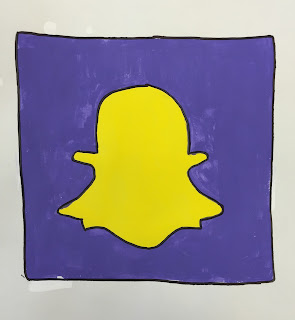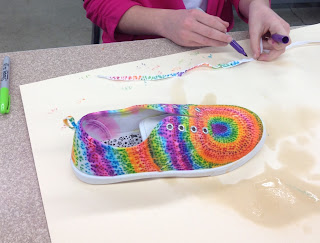UNDERWATER LINEAR DESIGN
OBJECTIVE: Students will create a design by filling the negative space (the background) of a picture with the element of art, line.
A line is an identifiable path created by a point moving in space. It is one-dimensional and can vary in width, direction, and length. Lines often define the edges of a form. Lines can be horizontal, vertical, or diagonal, straight or curved, thick or thin.
A line is an identifiable path created by a point moving in space. It is one-dimensional and can vary in width, direction, and length. Lines often define the edges of a form. Lines can be horizontal, vertical, or diagonal, straight or curved, thick or thin.
Vocab: Line, Contour, Negative Space, Positive Space
Directions:
1. Students will create a line drawing of an underwater scene. Objects will be defined by their outside/hard edge. No details will be drawn on the inside of the objects, the positive space. The inside of the shapes should remain the white of the paper.
2. Students will outline their underwater drawings with a black fine tipped pen.
3. With the pen, students will fill the negative space with lines contouring the objects. The lines should be very close together, yet not touching. The lines should be clean crisp lines filling the entire negative space of the drawing, leaving the positive space the white of the paper.
Evaluation:
Did the student demonstrate the knowledge of understanding the difference between positive space and negative space?
Did the student demonstrate the knowledge of understanding the difference between positive space and negative space?
Did the student follow directions...lines are close together but not touching, all shapes remain white and the negative space is filled?
Did the student demonstrate good craftsmanship and neatness?
Did the student demonstrate good effort and attitude? 

































